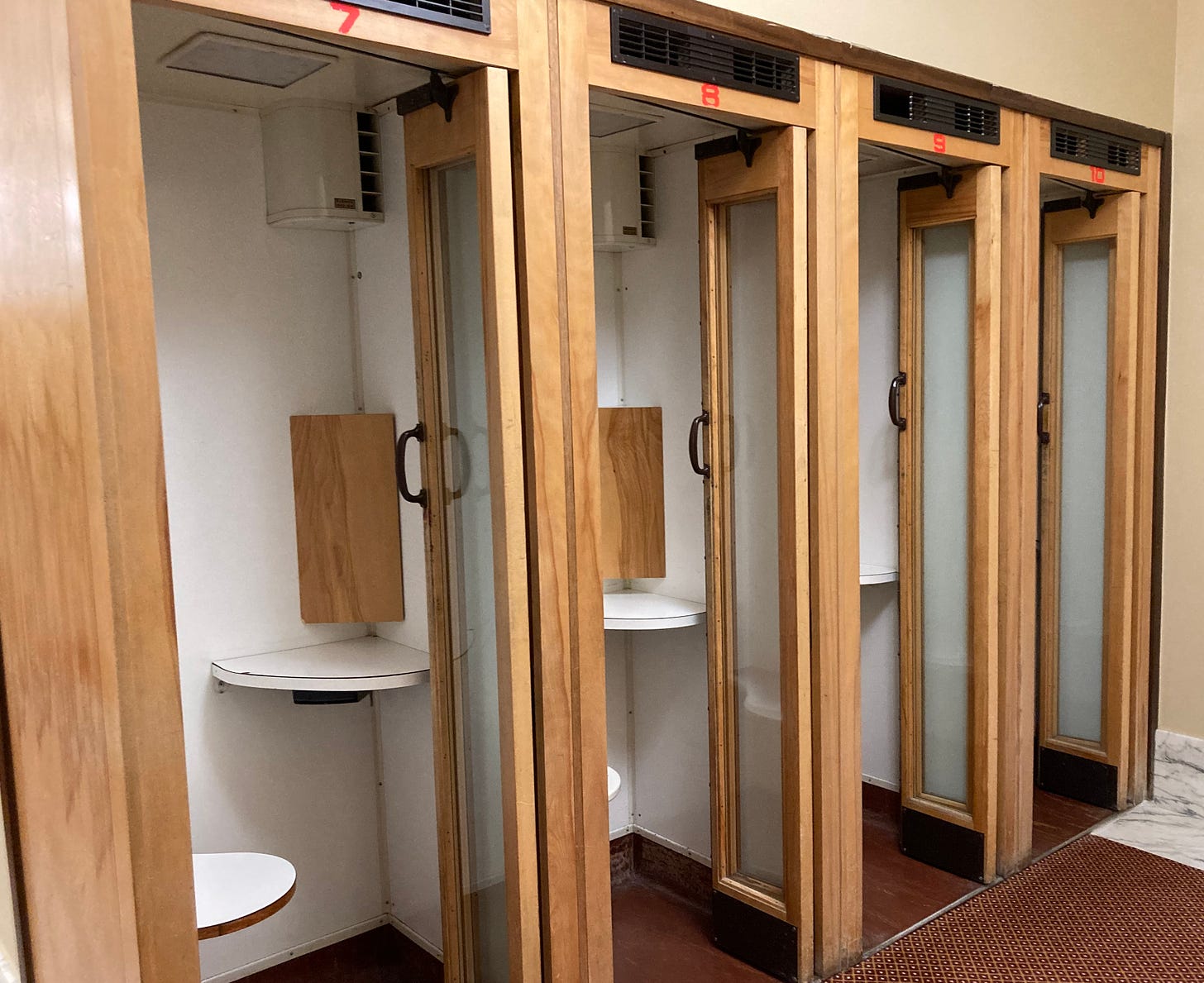With Critters, It’s Personal
Day Eight
I naturally gravitated toward the capitol building in Helena, as I gravitate toward every capitol. Public buildings are fascinating creatures. Built as monuments to a community’s political vision of itself, they testify to the ideals that people dream of. Helena’s capitol building is no exception. All the paintings I saw asserted peaceful existence between Native Americans and white settlers. Even the women got a nod.


A few days later, I picked up the book Montana Women Homesteaders: A Field of One’s Own, edited by Sarah Carter. Thousands of women homesteaded solo in Montana. They were solo in the sense that they filed their own claims and were their own heads of households, but these solo women homesteaded much in the same way as men did: they came with family or friends and filed a claim near them. The book consists mainly of primary sources — diaries, memoirs, newspaper articles, photos — and gives a taste of the variety of experiences that people had and/or recalled (because sometimes those two things are not the same).
The lives of homesteaders did not resemble the idealized depiction above in “Women Build Montana,” especially if one was unlucky enough to file a claim in 1917, just before a five-year drought started. Or if a “cyclone” picked up one’s shack. And “[w]hile these various accounts,” Sarah Carter reminds us, “display courage, tenacity, and adventurousness, we need to also realize that these women were part of the ‘army of occupation’ that dispossessed Native Americans of their land.”1 The Homestead Acts took land promised to Native Americans, about that there is no doubt. There is also no doubt that the people who took advantage of homesteading movement did so for a wide variety of reasons.
The capitol contained not just idealized visions of the body politic, but also preserved some historical artifacts. The press used to use these.
The capitol grounds also preserve its purpose as a place for the body politic to exercise its rights, as protesters demonstrated on this Sunday in June.

Day Nine
A dog bit my car today. [I’ll write about this in a special extra edition.]
Sarah Carter, Montana Women Homesteaders: A Field of One’s Own, (Helena, MT: Farcountry Press, 2009), 37.






Interesting take on state capitols. I’d never even considered that before. Also the information on women homesteaders and the Indians. Any group who claims they’ve been oppressed need to take a good, hard look at what the original settlers did to the Indians and their Buffalo herds. If anyone in this country deserves reparations, it’s the Native Americans (including Aleuts, who were interred ‘for their own good’ during WWII in what amounted to not much more than concentration camps).
Happy trails, Jeanne!